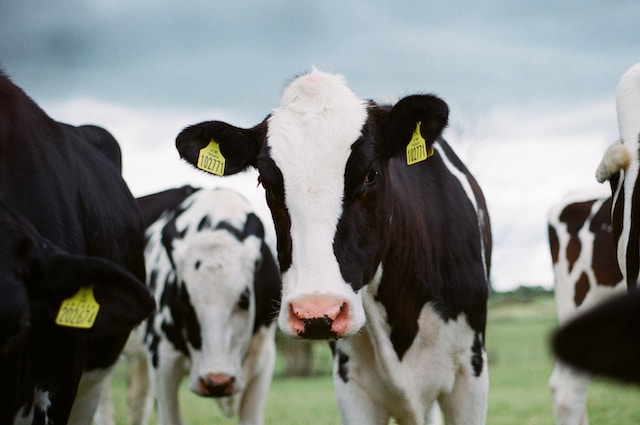The success of a dairy or beef farm depends a lot on the quality of the livestock, and breeding plays a critical role in determining the quality of the cattle. Breeding cows effectively can help produce healthier and stronger cows, leading to greater milk production, weight gain, and overall efficiency in the farm. In this blog post, we will look closely at the process of cow breeding and discuss the different types of breeding available for farmers.
- Artificial Insemination
Artificial insemination (AI) is a popular breeding technique for cows, where semen is collected from a bull and then manually inserted into the uterus of a cow. Compared to natural breeding methods, AI is considered a more reliable breeding technique since it can ensure that the cows get to mate with superior bulls that may be located in other regions or even countries. AI also makes it easier for farms to manage the breeding process and monitor the health of the cow. In addition, AI reduces the transmission of sexually transmitted diseases between cows and bulls.
- Embryo Transfer
Embryo transfer (ET) is a more complex and expensive breeding technique, but it can be an effective way to produce superior cows for breeding and selling. With ET, high-quality eggs are taken from a cow through ultrasound-guided follicular aspiration. The eggs are then fertilized in vitro using selected sperm from a bull. These embryos are then transferred into the uterus of suitable recipient cows, where they will grow until birth. Although more expensive compared to AI, ET can help farmers raise superior cows that may not have been possible through natural breeding.
- In-Vitro Fertilization
In-vitro fertilization (IVF) is a relatively new breeding technique for cows, but it has been used successfully on many farms. IVF allows farmers to breed their best cows without having to go through the complicated process of transferring embryos to recipient cows. Instead, embryos are fertilized in vitro using high-quality eggs and sperm. The embryos are then grown in vitro in a controlled environment until they are ready for transfer or freezing. IVF can be expensive, but it can help farmers increase the genetic potential of their herd significantly.
- Natural Breeding
Natural breeding is the oldest and most straightforward method of breeding cows, where bulls and cows mate naturally. Natural breeding is easy on the farm’s budget, and it allows the cows to mate at their own pace. The downside of natural breeding is that there is no guarantee that a cow will mate with a high-quality bull. Furthermore, natural breeding can pose a higher risk of sexually transmitted diseases that can spread between cows and bulls.
- Crossbreeding
Crossbreeding is another way to improve the genetic makeup of the herd. Crossbreeding involves mating cows of different breeds to produce hybrid offspring that combine the positive characteristics of both breeds. Crossbreeding can help farmers reduce inbreeding, increase genetic diversity, and improve overall cow performance. However, it is essential to note that crossbreeding can also introduce negatives such as reduced uniformity in the offspring.
Breeding cows is a crucial aspect of running a successful farm, and the options are endless. Whether you choose natural breeding, AI, ET, IVF or crossbreeding as the ideal method for your farm, each method has its pros and cons. It’s critical to remember that the breeding strategy you select should be based on your farm’s resources, the expertise of your team, and your ultimate goals for the herd’s quality and productivity. With proper planning, breeding cows can make a significant difference in the quality of the herd and the overall success of the farm.

